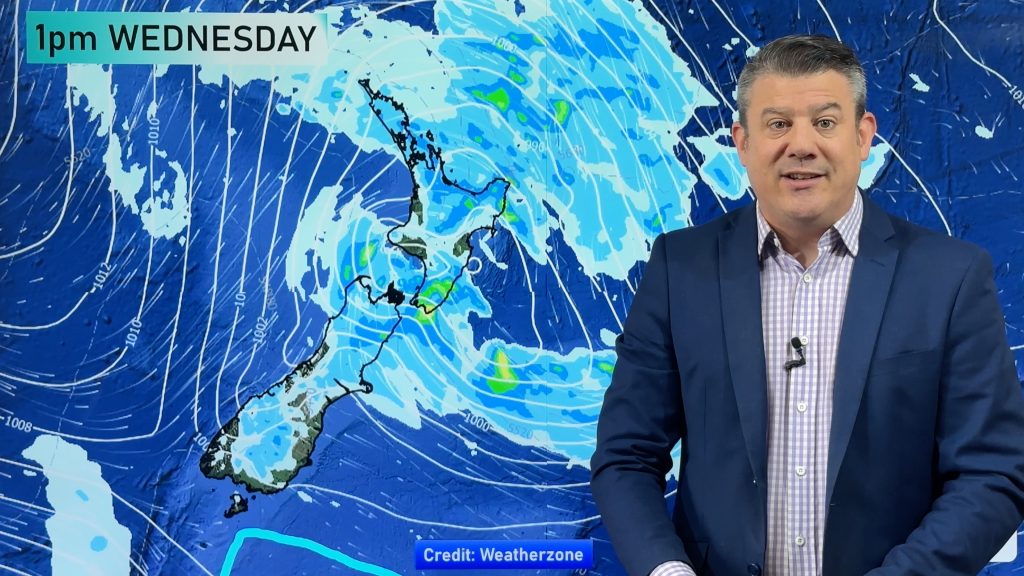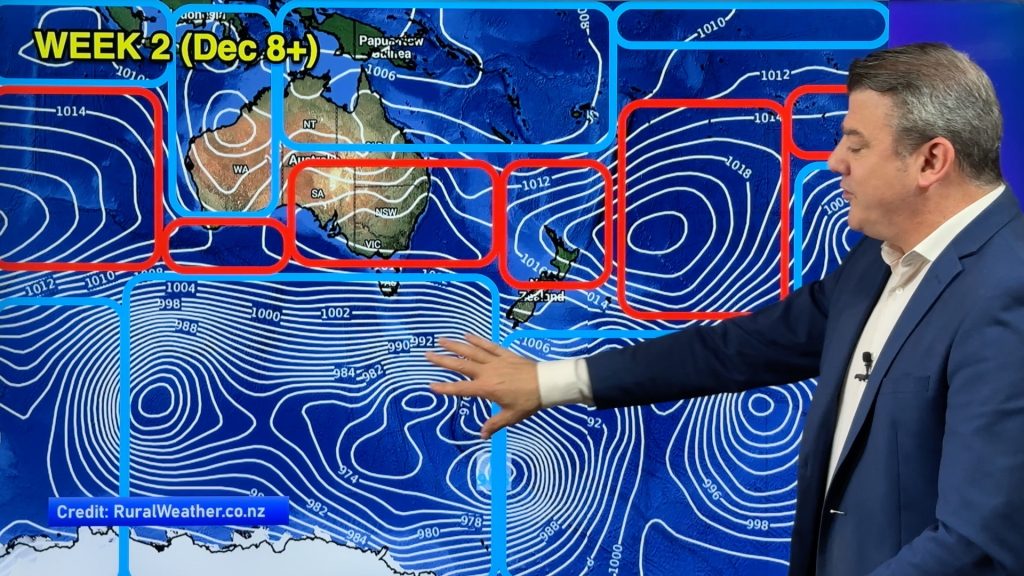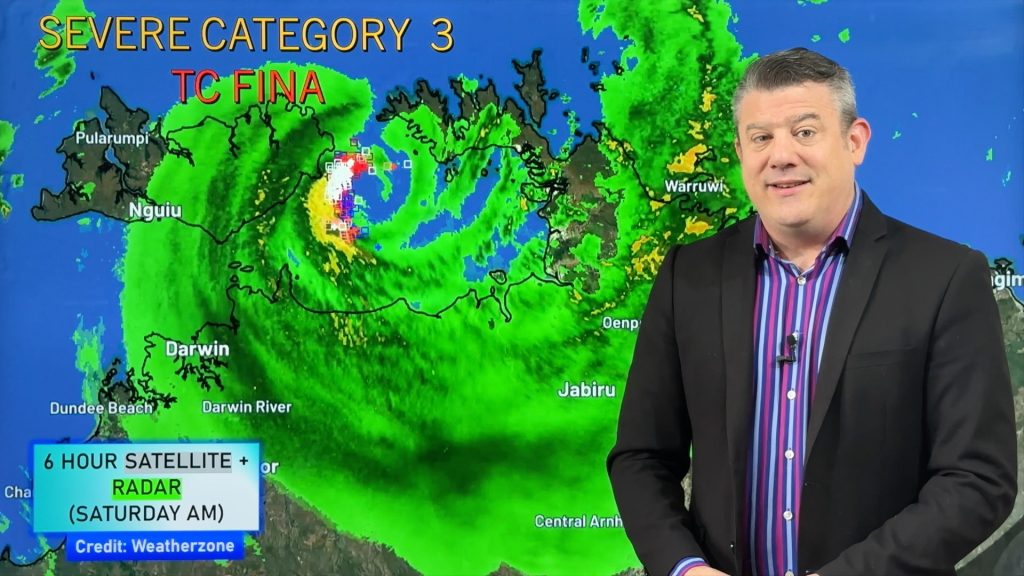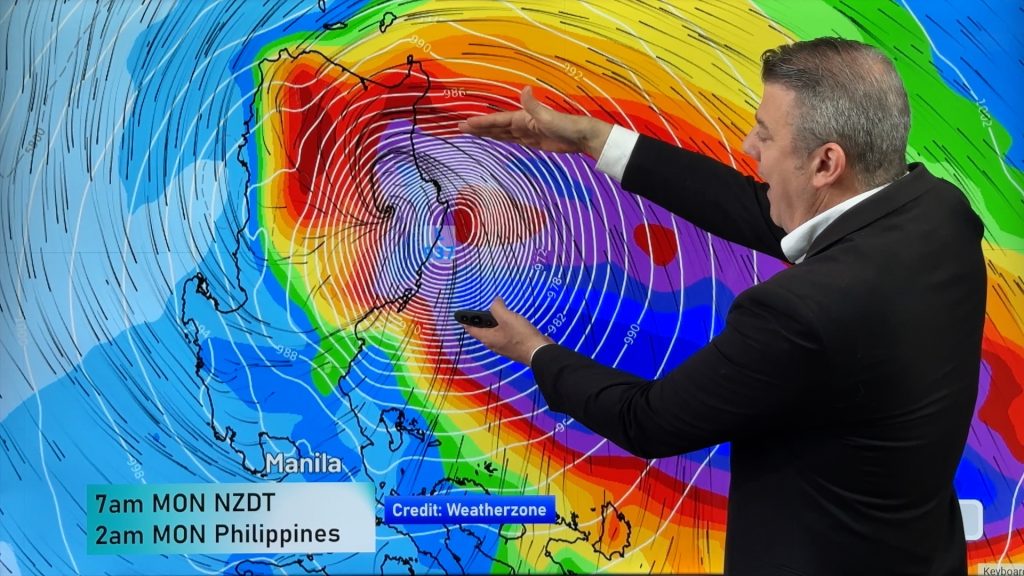
> From the WeatherWatch archives
Super Typhoon Megi became the strongest cyclone in years to lash the northern Philippines on Monday with huge waves, strong rains and ferocious winds that toppled electricity poles, drowned one man and triggered massive emergency preparations.
Thousands of people have sought shelter while authorities warned millions of residents and rice farmers along the typhoon’s path to look out for damage to crops, homes and power lines. Flood-ravaged areas of China and Vietnam were also bracing for more rains from the powerful storm.
Megi packed sustained winds of 225 kilometres per hour and gusts of 260kph as it made landfall midday Monday at Palanan Bay in northeastern Isabela province, and was losing some of its power while crossing the mountains of the main northern island of Luzon.
Megi was expected to move on later Monday toward southern China, which already has evacuated more than 100,000 people from villages because of earlier flooding, according to the China Meteorological Administration. Vietnam’s central coast, where 21 people have died in floods, also prepared for another soaking.
With its ferocious wind and rainfall of 50-60 millimeters per hour, Megi was the most powerful typhoon to hit the Philippines in four years, government forecasters say.
A 2006 howler with 250-kph winds set off mudslides that buried entire villages, killing about 1,000 people.
Philippine weather officials issued the highest of a four-tier public storm alert for the two coastal provinces of Isabela and Cagayan and three mountain provinces where the typhoon is expected to pass before exiting into the South China Sea.
One man trying to rescue his water buffalo slipped and fell into a river and probably drowned, said Bonifacio Cuarteros, an official with the Cagayan provincial disaster agency.
As it crashed ashore, the typhoon whipped up huge waves and toppled electricity poles, cutting off power, phone and internet services in many areas. There was zero visibility and radio reports said the wind was so powerful that people could not take more than a step at a time.
More than 3,000 people in coastal areas moved to school buildings and town halls that were turned into evacuation centers. Classes and outdoor activities were canceled, and officials advised families to have one person stay awake overnight for any contingency.
Ships and fishing vessels were told to stay in ports, and several domestic flights also were canceled.
Thousands of military reserve officers and volunteers were on standby, along with helicopters, including six Chinooks that were committed by US troops holding war exercises with Filipino soldiers near Manila, said Benito Ramos, a top disaster-response official.
“This is like preparing for war,” Ramos, a retired army general, told The Associated Press. “We know the past lessons, and we’re aiming for zero casualties.”
An angry President Benigno Aquino III fired the head of the weather bureau in July for failing to predict that a typhoon would hit Manila. That storm killed more than 100 people in Manila and outlying provinces.
Weather forecasts said the capital is expected to be spared a direct hit this time, although the lowest weather alert was in effect Monday with preschools closed.
In Cagayan, a vast agricultural valley crisscrossed by rivers and creeks, authorities ordered villagers to move out of high-risk neighbourhoods in 12 coastal towns.
“If nobody will budge, we may carry out forced evacuations,” said Cuarteros.
China’s National Meteorological Centre issued its second-highest alert for potential “wild winds and huge waves,” warning vessels to take shelter and urging authorities to brace for emergencies.
Floods triggered by heavy rains forced more than 100,000 people to evacuate from homes in China’s southern island province of Hainan, where heavy rains left thousands homeless over the weekend, the official Xinhua News Agency reported Monday.
Record-level flooding in Hainan over the past month has damaged roads, overflowed reservoirs and cut off telecommunication networks across the region.
In central Vietnam, the death toll from heavy rains and floods over the weekend rose to 21, disaster officials said Monday, warning that Megi could add to the misery.
“People are exhausted,” Vietnamese disaster official Nguyen Ngoc Giai said by telephone from Quang Binh province. “Many people have not even returned to their flooded homes from previous flooding, while many others who returned home several days ago were forced to be evacuated again.”
Some 300 Vietnamese soldiers have been deployed to rush instant noodles, rice and water to people affected by the floods, he said.
– NZHERALD.CO.NZ
Comments
Before you add a new comment, take note this story was published on 18 Oct 2010.






Add new comment